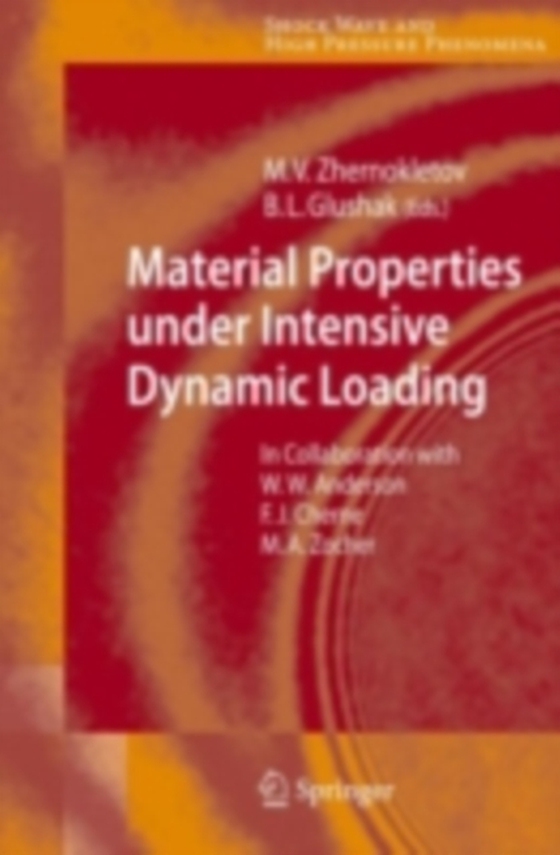
Material Properties under Intensive Dynamic Loading e-bog
1240,73 DKK
(inkl. moms 1550,91 DKK)
This book is the result of collaboration between the Russian Federal Nuclear Center - All Russian Scienti?c Research Institute of Experimental Physics (RFNC-VNIIEF) located in Sarov, Russia and the University of California - Los Alamos National Laboratory (UC-LANL). The genesis of this project was the compilation of a set of lecture notes used by a number of leading VNIIEF researchers in course...
E-bog
1240,73 DKK
Forlag
Springer
Udgivet
16 juli 2007
Genrer
PDD
Sprog
English
Format
pdf
Beskyttelse
LCP
ISBN
9783540368458
This book is the result of collaboration between the Russian Federal Nuclear Center - All Russian Scienti?c Research Institute of Experimental Physics (RFNC-VNIIEF) located in Sarov, Russia and the University of California - Los Alamos National Laboratory (UC-LANL). The genesis of this project was the compilation of a set of lecture notes used by a number of leading VNIIEF researchers in courses taught to students of the Sarov Physical and Technical Institute(SarFTI)specializingin"e;Theoretical andExperimentalMechanics. "e; A revised and signi?cantly supplemented version of those lecture notes was ultimately published as a monograph (in Russian) by VNIIEF Press, and is used today as a textbook in courses on shock mechanics being taught at SarFTI. Recognizing the potential bene?t of the manuscript to students and researchers in the ?eld of shock mechanics in the English-speaking world, a VNIIEF/LANL collaboration was established to revise/translate/update the manuscript. This book is the result of that e?ort. Understanding the physical and thermomechanical response of materials subjected to intensive dynamic loading is a challenge of great signi?cance in engineering today. When intensive dynamic loads, such as those that result from the detonation of high explosives (HE), high-velocity impact, or rapid localizedheating(suchasmightdevelopunderthee?ectsofincidentlaserlight or relativistic electron beam), are applied to condensed matter, the result is a complex pattern of material ?ow involving waves of discontinuous (shock) as well as continuous (expansion) nature. Shock compression (followed by expansion) precipitates both reversible and irreversible physical, physicochemical and mechanical processes in the material.
 Dansk
Dansk

